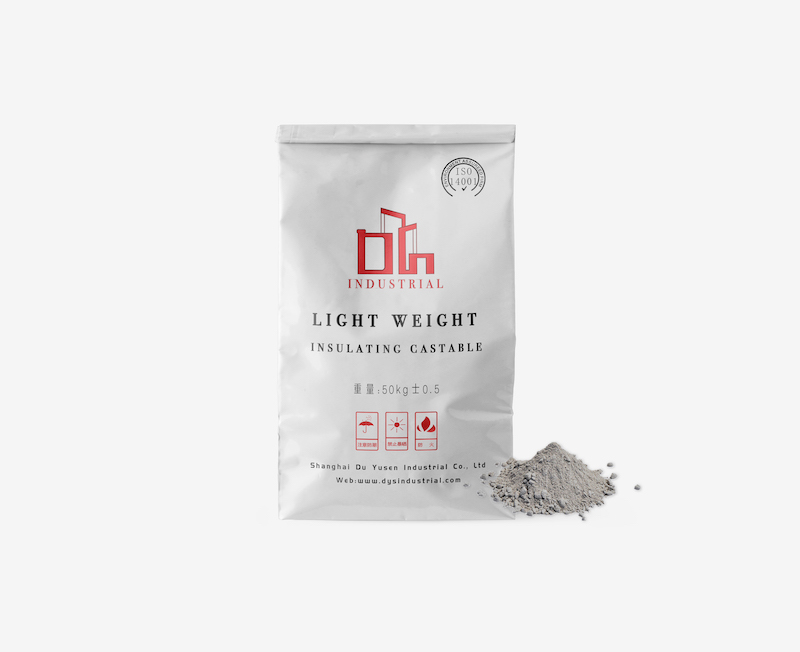Effect of temperature heat treatment on wear resistance of high aluminum castables
Mar 04, 2024For samples heat-treated at different temperatures, the wear volume changes with the test temperature in a similar trend, that is, the higher the test temperature, the smaller the wear volume of the sample; and at each test temperature, the wear volume of the sample after treatment at 1200°C is similar. The wear amount is greater than that of the samples treated at 600 and 1000°C. The reason for this phenomenon may be that after heat treatment, the mineral phases of high-aluminum castables include corundum, mullite and a small amount of glass phases. Due to their different thermal expansion coefficients, micro-cracks will appear to varying degrees inside the material after cooling, so the heat treatment temperature The higher it is, the more obvious this effect will be, and the size of the crack will be larger. This phenomenon has been confirmed in the cold flexural strength and compressive strength values of different heat-treated samples. The compressive strengths of the samples after heat treatment at 600, 1000, and ℃ are 149.9, 119.1, and the flexural strength is 11.3, respectively. ,9.7,9.6MPa. That is, the higher the heat treatment temperature, the smaller the cold strength of the sample. Therefore, when measuring the amount of wear at different test temperatures, although different particles are close to each other due to thermal expansion and the cracks in the material can be bridged, the sample that has been heat treated at a higher temperature has a bridging effect on the cracks during the heating process. It is not enough to make up for the defects formed after heat treatment and then cooling, and the ability to resist external stress becomes worse, resulting in greater wear of the sample at the same test temperature.
Effect of castable setting and hardening time on bleeding

Bleeding of castables usually appears within 30 minutes after molding is completed, but bleeding may also appear after 60 minutes or even 90 minutes after molding is completed. Analyze the reason, which is related to the additives used in the material. The admixtures usually used in castables include dispersants, setting accelerators and retarders. There are dispersants with retarding properties and dispersants with accelerating properties. They are added individually or in combination. No matter how you add it, Henan wear-resistant refractory castables. First of all, it is necessary to ensure the dispersion and water reduction effect. For the former, bleeding occurs within 30 minutes. In addition to the particle gradation, it is also related to the selection of the dispersant. The effect of the dispersant is poor, and the slurry remains in a floating state for a shorter time, causing the particles to sink and bleed. ; For the latter, the important thing is related to the choice of coagulant. If the coagulation is too slow, the particles will sink and bleed. Therefore, under the premise of ensuring installation, the bleeding phenomenon of castables can be effectively controlled by controlling the setting time.
Tags :